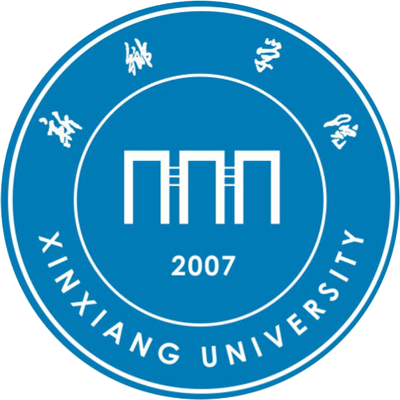详细信息
AI Intelligence Chatbot to Improve Students Learning in the Higher Education Platform ( EI收录)
文献类型:期刊文献
英文题名:AI Intelligence Chatbot to Improve Students Learning in the Higher Education Platform
作者:Li, Liu[1];Subbareddy, Rama[2];Raghavendra, C. G.[3]
第一作者:李丽
通讯作者:Li, L[1]
机构:[1]Xinxiang Univ, Xinxiang 453003, Henan, Peoples R China;[2]Vallurapalli Nageswara Rao Vignana Jyothi Inst E, Hyderabad, India;[3]MSRIT, Dept EC, Bangalore, Karnataka, India
第一机构:新乡学院
通讯机构:[1]corresponding author), Xinxiang Univ, Xinxiang 453003, Henan, Peoples R China.|[11071]新乡学院;
年份:2022
卷号:22
期号:SUPP02
外文期刊名:JOURNAL OF INTERCONNECTION NETWORKS
收录:EI(收录号:20220711614927);Scopus(收录号:2-s2.0-85124200502);WOS:【ESCI(收录号:WOS:000849407500009)】;
语种:英文
外文关键词:Artificial intelligence; chatbot; student; learning; higher education; platform
摘要:The integrated chatbot for artificial intelligence customizes the learning experience for the students in higher education platform. The chatbot tests the answers of the students and offers insights for the students to improve their learning skills. Further, It helps to improve students' thinking ability and expectations in higher education platform. The demanding factors for the students in the higher education platform include the need for interactive learning in a non-linear world, enhancing the thinking ability and expectations of the students. This paper proposes Artificial Intelligence Based Inquiry Evaluation Student Learning System (AI-IESLS) to increase interactive learning experience in a non-linear environment. The principal aim of this system is to improve the learning ability of the student on a specific subject using concept mapping in the chatbot. In addition, mapping has been validated for students based on the probability distribution analysis using a concept mapping. Besides, the probability graph's curve generated by this system assesses the student's understanding of the topic. The simulation results have been analyzed among students based on concept mapping using the AI-IESLS system in correlation with the traditional approach based on assessment ratio, feedbacks, reciprocity, timing analysis, expectation ratio, and active learning factor.
参考文献:
![]() 正在载入数据...
正在载入数据...


